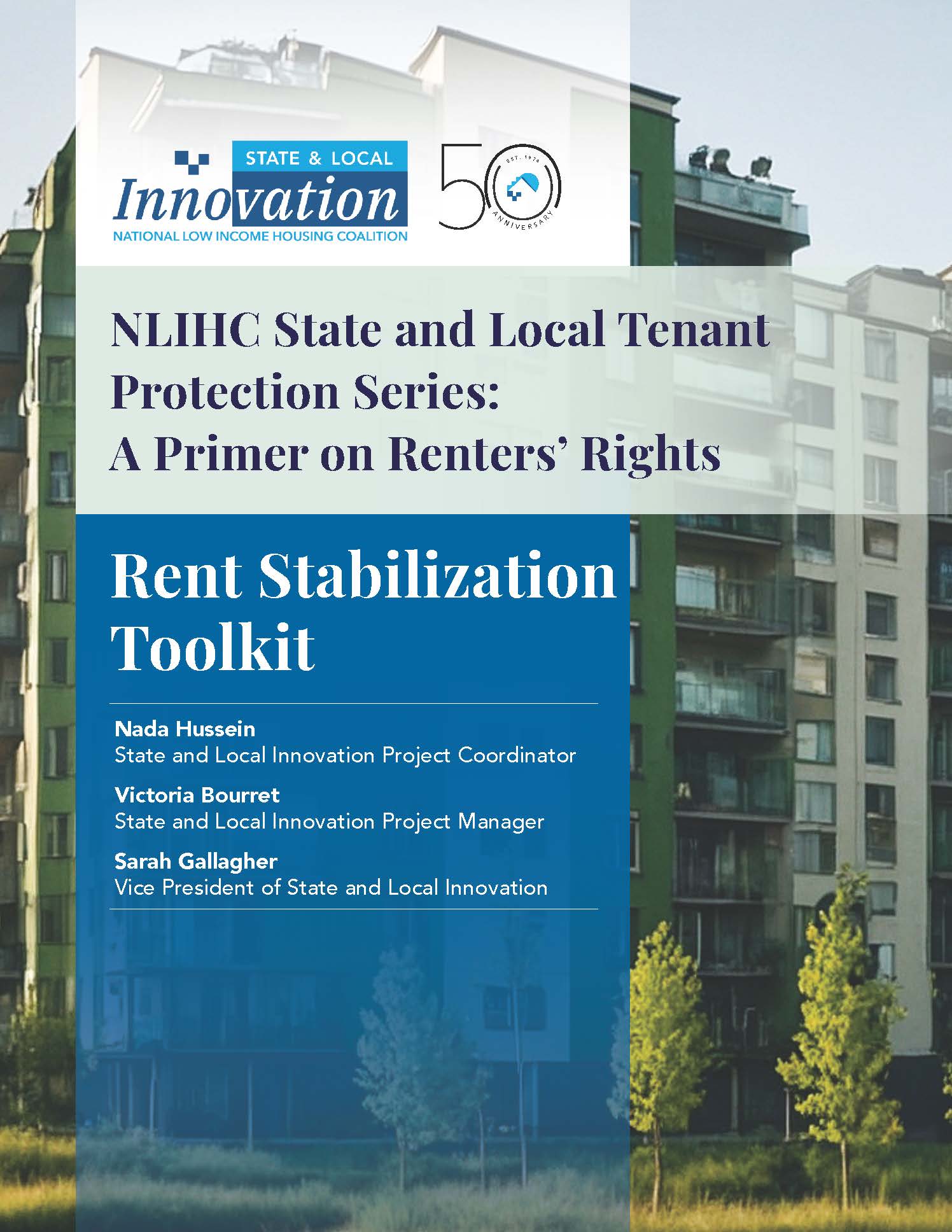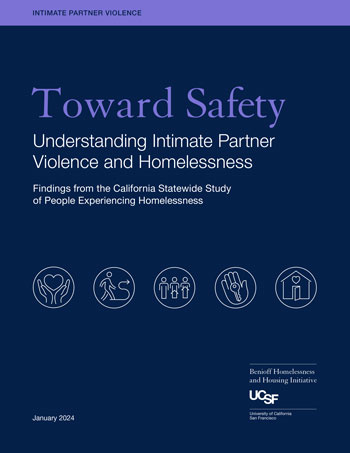Research and News Roundup:
August 2024
Mary Ann Priester
Senior Management Analyst
Mecklenburg County Community Support Services
The Research and News Roundup is a monthly blog series that features a curated list of recent news and research related to housing instability, homelessness, and affordable housing. Together, these topics provide insights about the full housing continuum and provide community stakeholders with information about emergent research, promising practices, and innovative solutions related to housing and homelessness.
This month’s Research and News Roundup highlights four recently released tenant protections toolkits, a guide to creating a coordinated public funding strategy for affordable housing, and key findings related to intimate partner violence and homelessness from the California Statewide Study of People Experiencing Homelessness (CASPEH).
HOUSING INSTABILITY
National Low Income Housing Coalition Tenant Protections Toolkits
Access to safe, decent, affordable housing is essential for ensuring equitable communities, but the unequal power dynamics between landlords and renters can lead to housing instability, racial inequity, and homelessness. Tenant protections which can be enacted through laws and policies are vital to preventing evictions and preserving housing stability. In August 2024 the National Low Income Housing Coalition released four new tenant protections toolkits. The toolkits cover four key tenant protections: rent stabilization policies, just cause eviction standards, laws that limit junk or excessive rental fees, and laws that strengthen code enforcement and habitability standards. Each toolkit provides a synopsis of the protection, summarizes its key components, highlights states and municipalities that have adopted the protection, and recommends complementary policies to maximize impact. The toolkits are designed to provide accessible information on policy interventions that support and protect tenant housing stability.
HOMELESSNESS
Toward Safety: Understanding Intimate Partner Violence and Homelessness
A recent report that analyzes data from the UCSF Benioff Homelessness and Housing Initiative California Statewide Study of People Experiencing Homelessness (CASPEH) shows that intimate partner violence (IPV) plays a significant role in homelessness, particularly for people who have limited financial assets. IPV often forces survivors to leave their housing and disrupts access to both social and economic support.
Key findings from the report indicated:
- There was a high prevalence of IPV among people experiencing homelessness, with many people reporting experiencing multiple forms of violence before becoming homeless.
- Survivors who experienced homelessness often had very low incomes and violence was the primary reason for leaving their housing.
- Lack of awareness of available resources, childcare needs, fear of abuser retaliation, and pandemic-related challenges impacted survivors ability to access help.
- Many survivors believed that financial aid such as rental subsidies and housing vouchers would have enabled them to leave their abuser and could have prevented their homelessness.
- A high number of survivors experienced IPV during homelessness with many reporting challenges accessing domestic violence shelters.
- Survivors indicated a lack of affordable housing and inadequate support as challenges that impacted their ability to exit homelessness.
To best support IPV survivors, the report recommends increasing affordable housing access, enhancing violence and homelessness prevention programs, strengthening support for IPV survivors, and promoting equitable responses to IPV.
AFFORDABLE HOUSING
Creating a Public Funding Strategy to Maximize Housing Production is the most recent resource released as part of the United States Department of Housing and Urban Development (HUD) Increasing the Supply of New Affordable Housing Toolkit. Released in August 2024, this resource provides a six step process outlining how communities can develop a coordinated public funding strategy for the production of affordable housing. The guide outlines six steps that communities can use as a template for creating a local strategy.
The steps include:
- Identifying potential funding collaborators
- Defining housing need priorities
- Identifying barriers to housing development
- Collaborating for success
- Growing the pool of housing developers
- Evaluating progress to inform continuous improvement
Together these steps provide a template communities can use to create a comprehensive and targeted funding package that supports housing production, provides wraparound supportive services for residents, and funds operational support that can facilitate sustainable affordable housing solutions.
SO WHY DOES THIS MATTER?
To achieve Charlotte-Mecklenburg’s goal of reducing homelessness and ensuring access to safe, affordable housing, it is essential to implement integrated and innovative strategies across the entire housing continuum. The newly released tenant protections toolkits by the National Low Income Housing Coalition offer valuable resources for implementing key protections that enhance tenant stability. The findings from the UCSF Benioff Homelessness and Housing Initiative’s study highlight the link between intimate partner violence and homelessness, highlighting the need for improved financial support and housing access for survivors. Finally, HUD’s latest guide on creating a coordinated public funding strategy for housing production provides a practical framework for communities to enhance their affordable housing initiatives. Collectively, these resources contribute to an enhanced understanding of the housing continuum and provide actionable solutions to address the challenges of housing instability and homelessness in Mecklenburg County.





